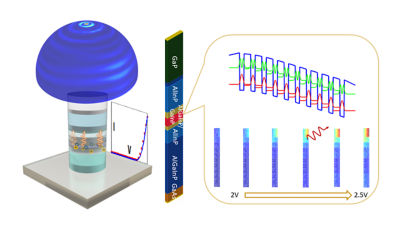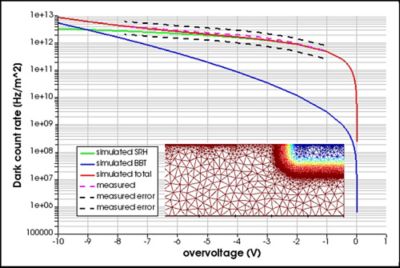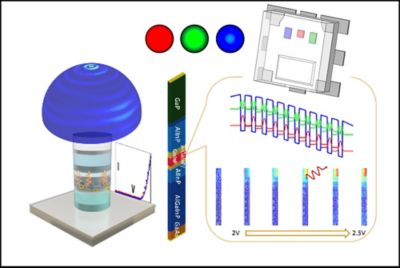Quick Specs
Simplify the complexities of photonic component design by leveraging the power of seamless multiphysics workflows that accurately capture optical, electrical, thermal, and quantum interactions all within a unified design environment.
Seamlessly design photonic components by capturing multiphysics effects encompassing optical, thermal, electrical, and quantum wells within a unified design environment.
Ansys Lumerical Multiphysics is the industry’s first multiphysics suite purpose-built for photonic designers. Its unified Finite Element IDE and collection of physics solvers enable designers to accurately model components where the complex interaction of optical, electrical, thermal, and quantum well phenomena is critical to performance.
Designers can leverage the highly integrated interoperable solvers to address various designs, from photovoltaic cells and image sensors to micro-LEDs, avalanche detectors, modulators, thermal phase shifters, and more.

Simplify the complexities of photonic component design by leveraging the power of seamless multiphysics workflows that accurately capture optical, electrical, thermal, and quantum interactions all within a unified design environment.
JANUARY 2024
The 2024 R1 release enables new optoelectronic simulation capabilities for (Single
Photon Avalanche Diode) SPADs, and uLEDs.


CAPABILITIES
The suite of solvers, seamless workflows, and features in Lumerical Multiphysics enable accurately capturing the interplay of physical effects in modeling passive and active photonic components.

Design and optimize a wide range of photonic components.
It's vital to Ansys that all users, including those with disabilities, can access our products. As such, we endeavor to follow accessibility requirements based on the US Access Board (Section 508), Web Content Accessibility Guidelines (WCAG), and the current format of the Voluntary Product Accessibility Template (VPAT).